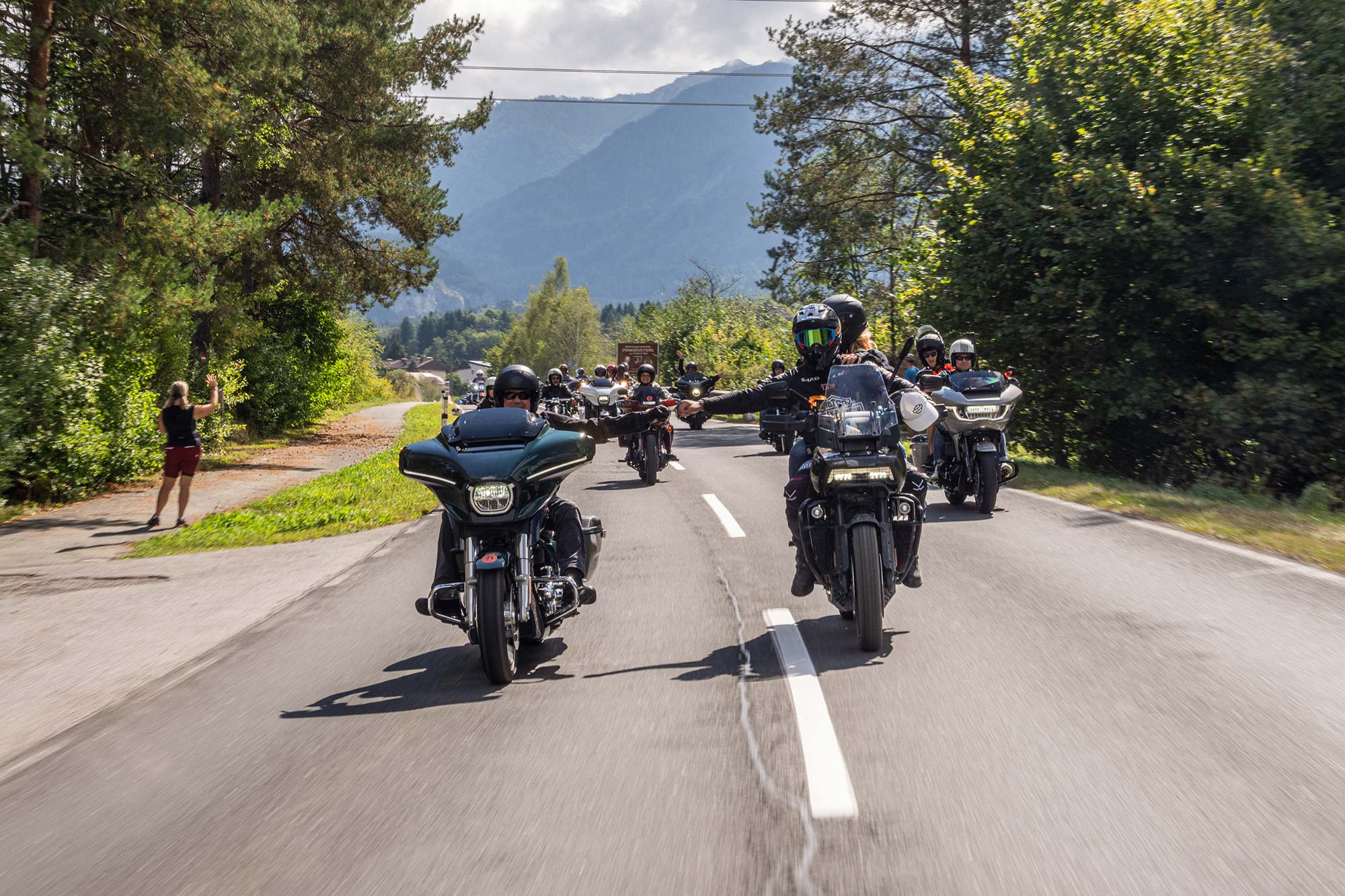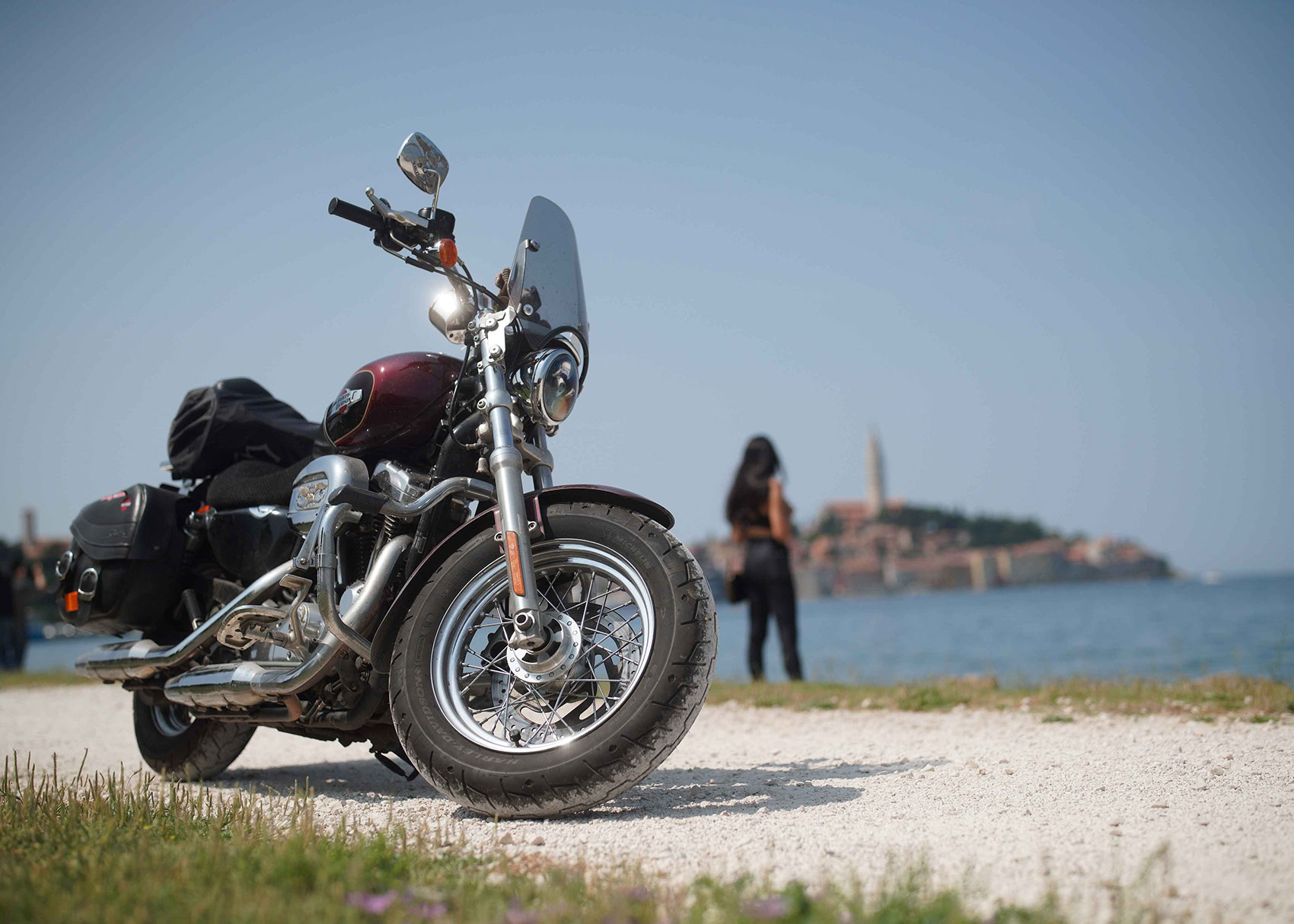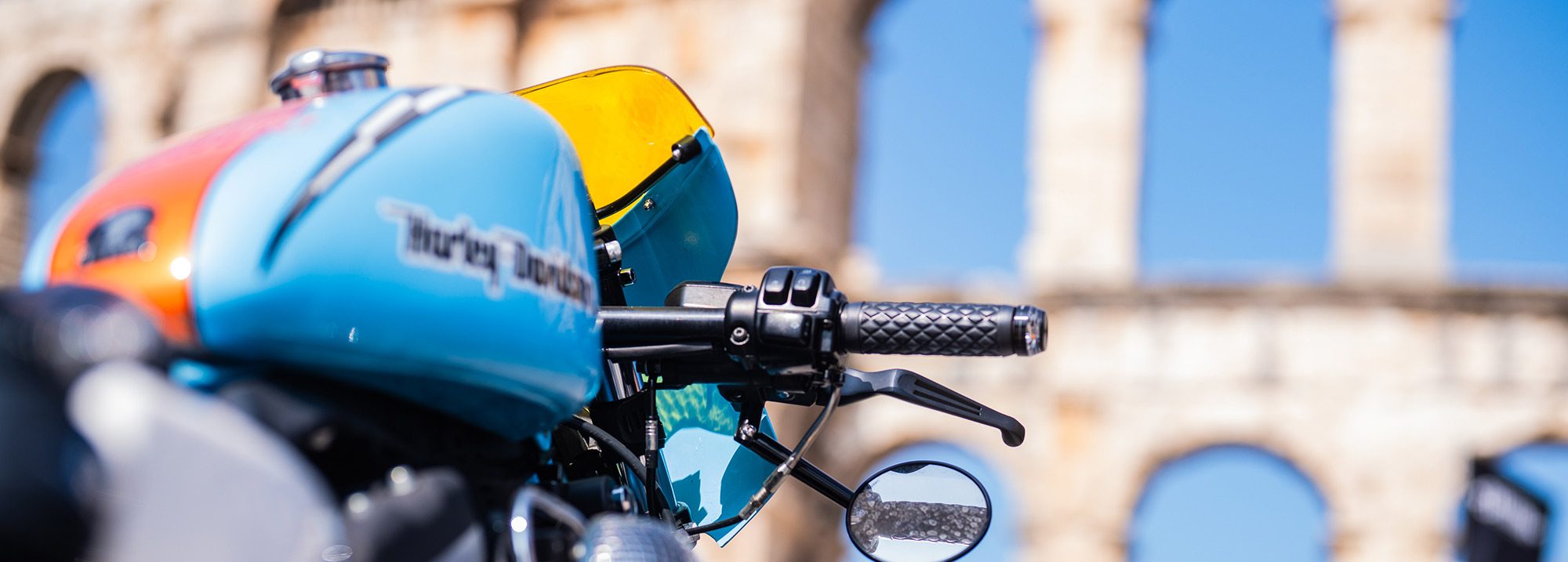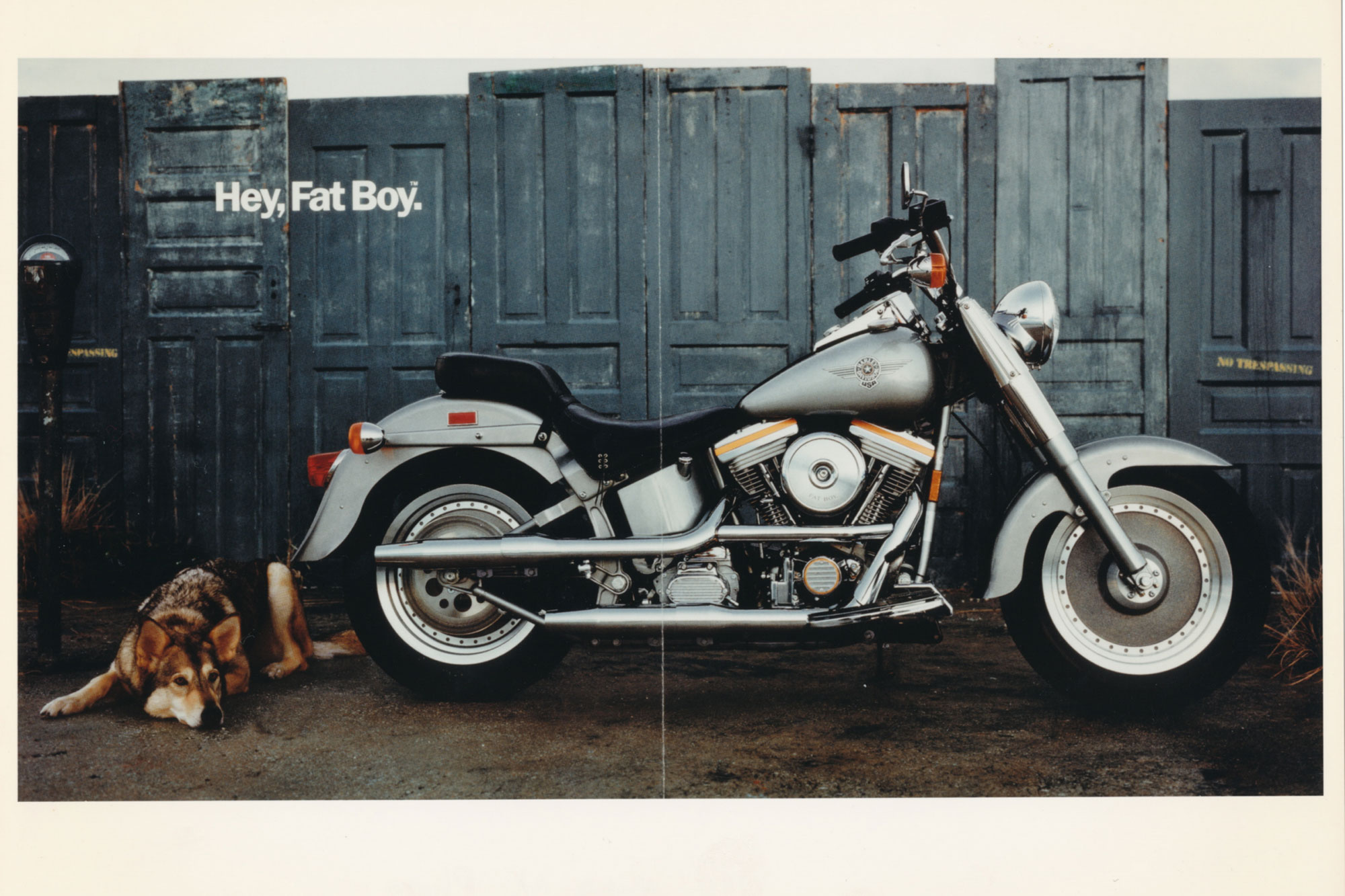
Life begins at 40!
The Softail®: Four decades of classic design
By Jeremy Pick. Images courtesy of the Harley-Davidson Museum™
The Softail® motorcycle, which marks its 40th anniversary this year, is an undisputed design classic and a mainstay of the Harley-Davidson® range. Its styling cues draw on decades of Harley-Davidson design – the hard tail look with hidden suspension, the horseshoe oil tank design, and the clean styling making the engine the hero of the piece and the Softail itself an icon.
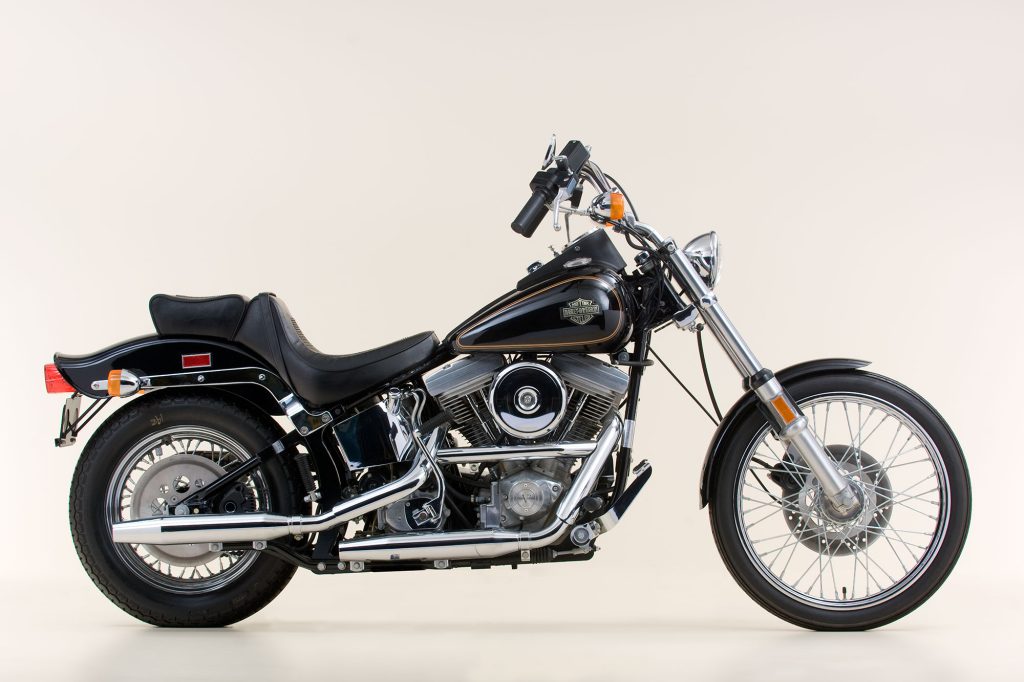
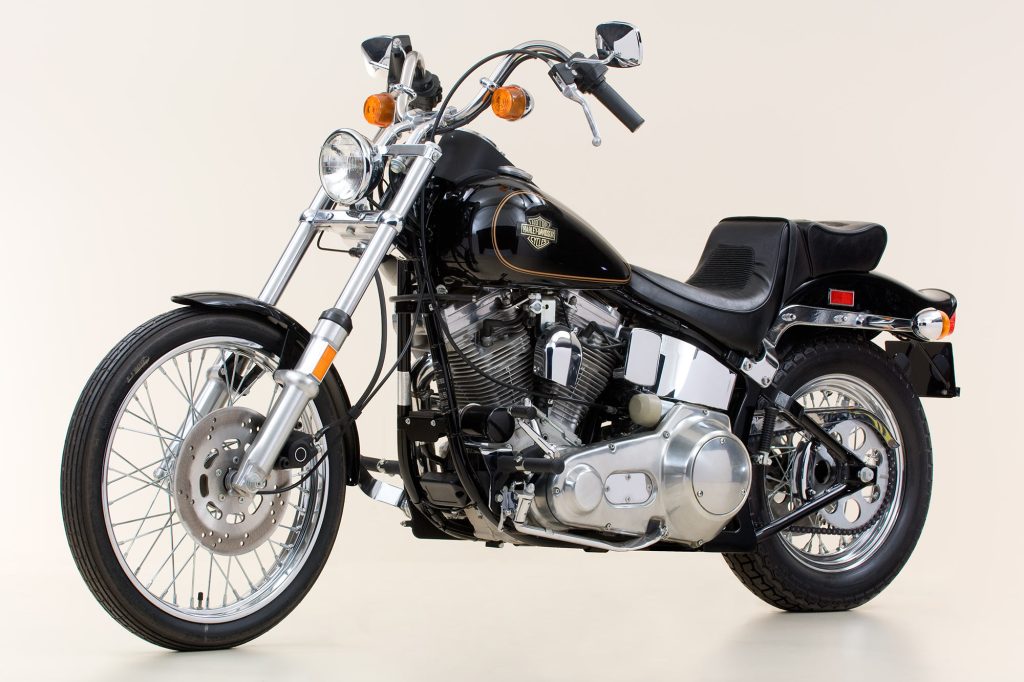
The story began in the early 1980s, when Harley-Davidson acquired a concept motorcycle from Bill Davis, a design engineer who experimented with hidden rear shock absorbers on a big twin frame. Harley-Davidson engineers worked with Davis to perfect the design, resulting in the 1984 FXST Softail. The frame offered customers the classic hard tail look of yesteryear, combined with clean styling and a lower seating position, without sacrificing the comfort and handling offered by full rear suspension. Rounding out the antique look was the horseshoe oil tank; this was first introduced on the 1936 EL Knucklehead model and was an integral part of an overall look that was considered classic Harley-Davidson.
That first Softail, powered by the new Evolution™ V-twin powerplant, came at a critical time in Harley-Davidson history. It helped the company become competitive in the marketplace once again, while also being the foundation for many factory custom designs over the next 40 years, many of them achieving iconic status.
In 1986, the Softail line leaned into the classic look of the 1950s, with the Heritage Softail® model taking inspiration from the 1949 Hydra-Glide. The 1987 Heritage Softail Special added a package of windshield, saddlebags, passing lamps and passenger backrest. The Heritage Softail became a wildly popular cruiser and tourer and remains in the product line as the Heritage Softail Classic.
The 1988 model year saw the introduction of the Springer® Softail, which combined Softail design and performance with the retro “springer” front end. The stylish chrome front forks with exposed springs, known so well to Harley-Davidson customers from the 1920s to the 1950s, were back, perfectly complementing the clean Softail look.
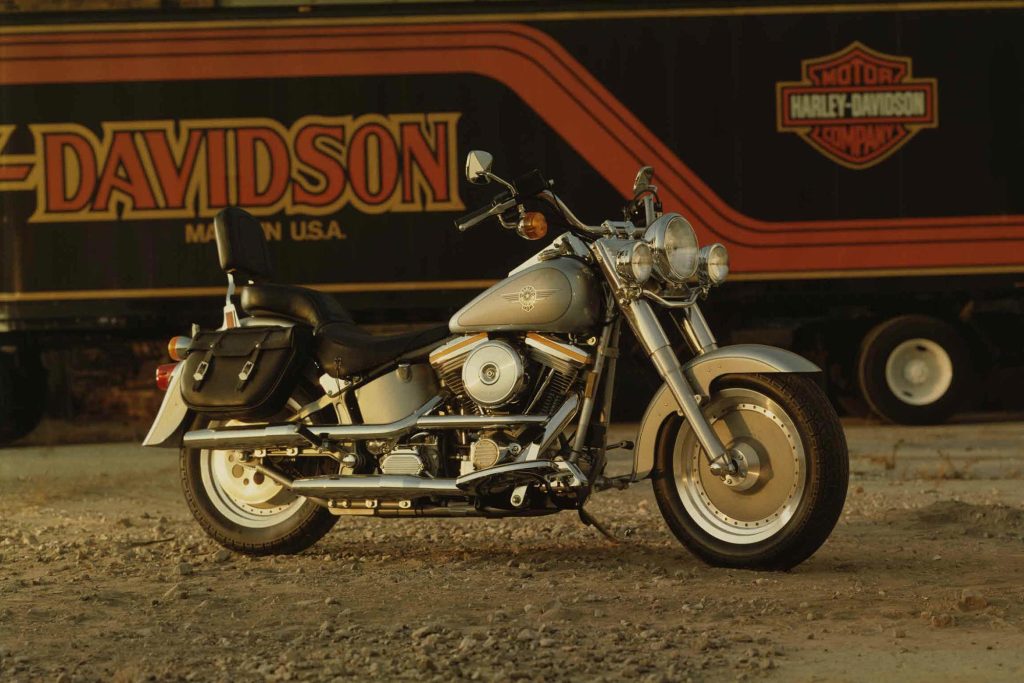
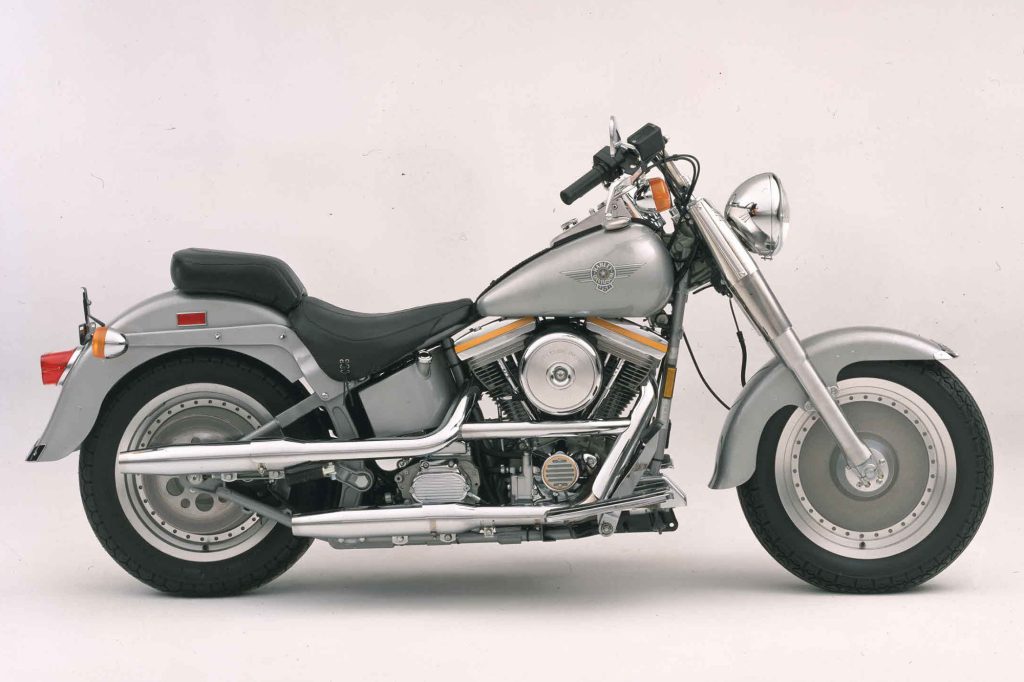
Then, for the 1990 model year, Harley-Davidson unveiled the Fat Boy®. The previous year, Willie G. Davidson, VP of Styling at the time, rode a Fat Boy concept to Daytona Bike Week to gauge the feedback of riders, which he incorporated into the production model. The original Fat Boy had a minimalist vintage look with striking monotone silver paint scheme to both frame and bodywork, disc wheels and an imposing “Fat” look, hence its name. The Fat Boy would become one of most instantly recognisable motorcycles ever made – even for non-riders – thanks in part to its starring role in the 1991 film Terminator 2: Judgment Day.
With the Softail platform now recognised as a modern-day classic, Harley-Davidson introduced the Heritage Springer™ for the 1997 model year. This time, the full-sized front springer forks and fender assembly last seen in 1952 was back, along with classic saddlebags, white sidewall tires, front fender light and tombstone taillight.
The Softail Deuce™ was introduced for the 2000 model year. Perhaps the most radical of the Softail factory customs, the Deuce introduced design features such as a stretched gas tank, sleek chrome front fork sliders, all-new rear fender, and the new Twin Cam 88B™ engine. More design innovation came for the 2008 model year with the Rocker™ and Cross Bones™ models. The rear fender of the Rocker was attached to the swingarm, allowing the rear tyre and fender to be placed much closer together for a “slammed” custom appearance, while the Cross Bones was designed to hark back to post-war “bobber” motorcycles.
Other much-loved models since the introduction of the Softail platform include the Softail Slim®, Bad Boy, Nostalgia, Deluxe and Breakout®, cementing the position of the Softail as the foundation of arguably the most significant model line-up in Harley-Davidson history.
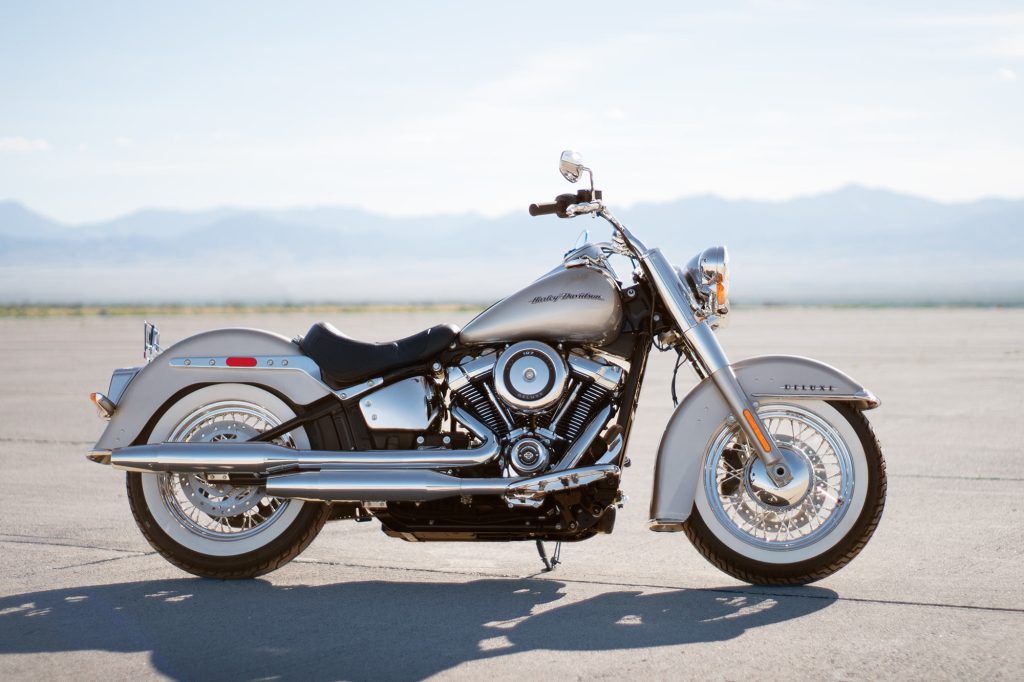
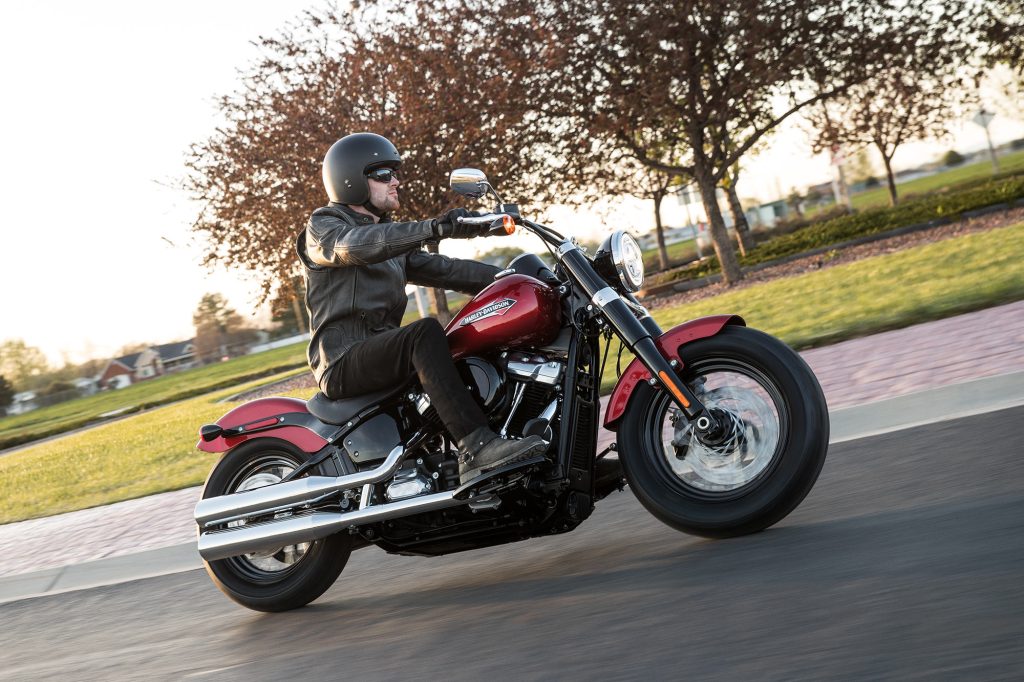
Then, for the 2018 model year came the biggest change since the introduction of the Twin Cam engine in 2000: the introduction of a completely redesigned frame. It featured a single upgraded coilover rear shock absorber mounted below the seat and a new swingarm construction. The new chassis, significantly lighter and stiffer than the previous generation, is the foundation of the multiple models that make up the 2024 cruiser line-up. The previous Twin Cam motor was replaced by the new Milwaukee-Eight® motor in 107 and 114 cubic inch (1,745 and 1,868 cc) variants for significantly increased power.
Forty years after its introduction, the Softail has become one of the most successful platforms ever to be introduced by the Motor Company – and one that continues to define the look and feel of the Harley-Davidson brand to a new generation of riders.
Tags:
Read more tales from the Harley Owners Group!
Events calendar
Read on for details of rallies and events taking place around the world. More regional events to be announced soon – watch this space!
Croatian Sunshine
The 31st European H.O.G. Rally returned to celebrate under blue skies in Medulin from 12-15 June 2025
In the pink
Creative imaginations were let loose on a spectrum of Harley models, with the top entries showcased along the marina
